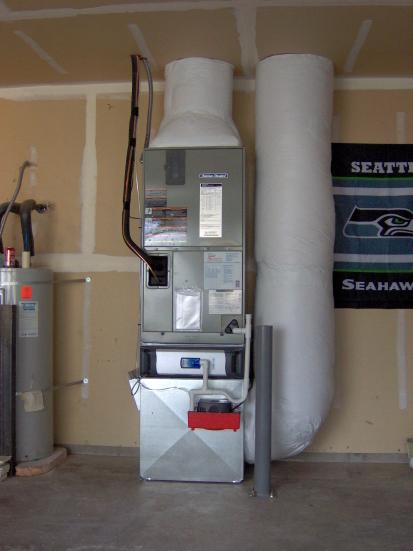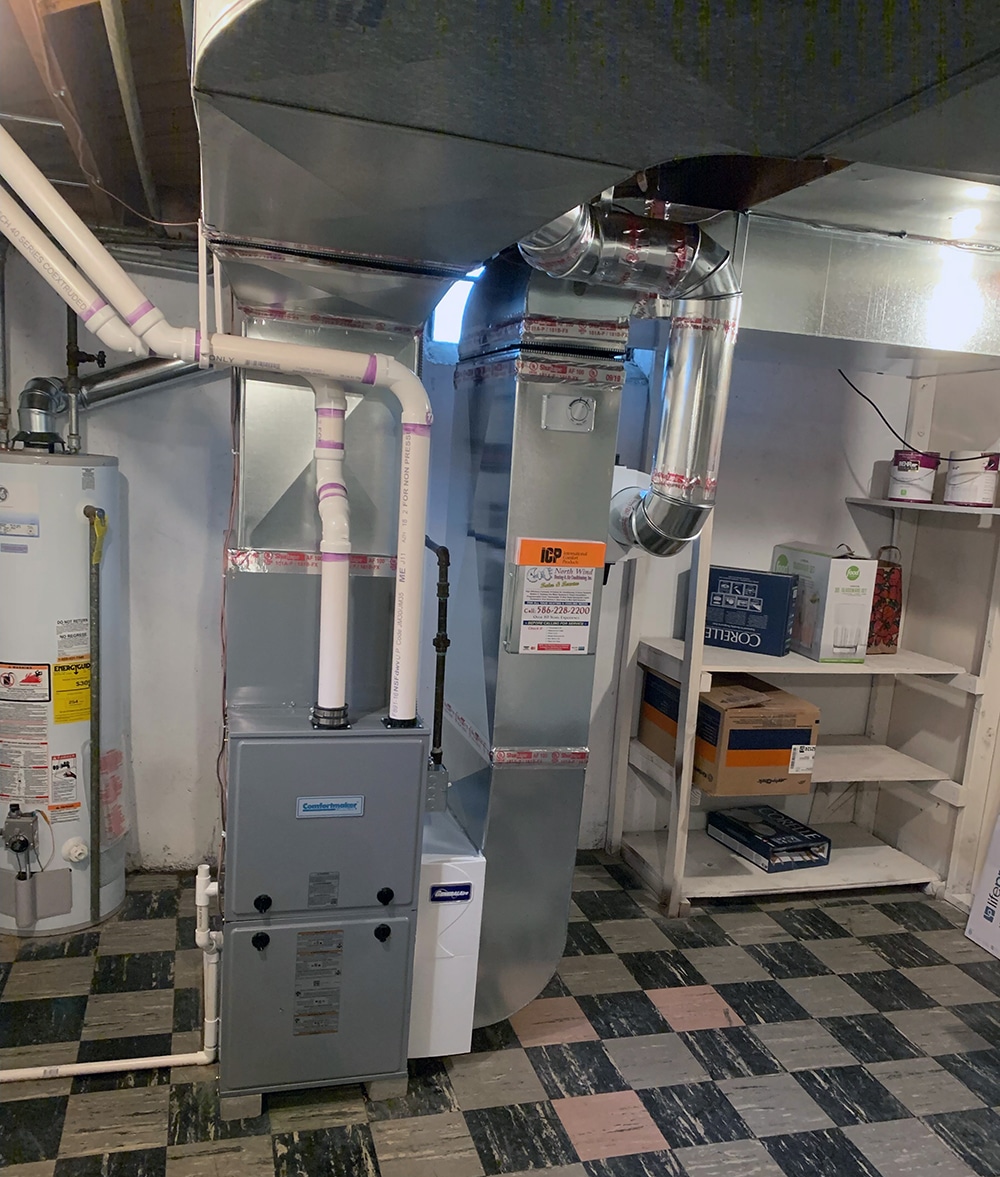Experienced furnace installation technicians for a cozy and efficient home
Experienced furnace installation technicians for a cozy and efficient home
Blog Article
The Ultimate Guide to Heating System Installation for a Cozy Home
Heater setup is an important element of maintaining a comfy home atmosphere, specifically throughout the colder months. As you think about these variables, the concern remains: what actions can you take to ensure your heating system serves you well for years to come?
Sorts Of Heating Systems

Gas furnaces are the most typical selection due to their effectiveness and reduced functional prices. They utilize gas or lp, giving fast home heating and consistent performance, making them excellent for colder environments.
Electric heaters, while typically simpler to install and keep, have a tendency to have greater operational costs. They are typically preferred in locations where gas solution is unavailable or for homes with existing electric facilities.
Oil heaters, though much less usual today, continue to be a viable option in certain regions. They burn heating oil, which can be beneficial throughout chillier months, however their reliance on oil shipment positions potential challenges.
Furthermore, there are high-efficiency designs offered across these types, which can considerably lower energy intake and energy expenses - furnace installation. Ultimately, comprehending these heater kinds will help property owners pick a system that aligns with their heating requires, spending plan, and power preferences
Choosing the Right Size
Picking the ideal size for a heater is important to guaranteeing optimum efficiency and energy performance. An undersized heating system will certainly struggle to keep comfy temperatures during the cool months, causing enhanced wear and tear, greater energy costs, and possible system failure. Conversely, an extra-large heating system may cycle on and off as well frequently, causing inefficient home heating and irregular temperature circulation within the home.
To identify the correct heating system size, an estimation called the Manual J tons calculation must be carried out. This procedure assesses numerous elements, consisting of the square footage of the home, insulation levels, home window dimensions, and regional environment conditions. This detailed evaluation guarantees that the heater meets the details heating demands of the room.

Setup Refine Introduction
In terms of products, you will need ductwork, insulation, and sealing tape to guarantee ideal air flow and power effectiveness - furnace installation. It is also essential to have a brand-new heater filter on hand, along with airing vent products, such as PVC pipeline or steel flue, depending on the kind of furnace being mounted
Safety tools, consisting of handwear covers, goggles, and a face mask, is also crucial to protect versus dust and debris throughout setup. Having all these devices and products conveniently offered not only improves the process but additionally boosts the safety and efficiency of the heating system installation.
Upkeep Tips for Longevity
To make sure the longevity of your heating system, it is important to apply a routine upkeep schedule that resolves key elements of the system. Start by replacing or cleansing the air filter every one to three months, as a stopped up filter can restrict air flow and lower efficiency. Furthermore, evaluate and clean the blower assembly to avoid dust accumulation that can impede special info efficiency.
Next, check the thermostat setups and recalibrate if necessary to make sure exact temperature guideline. Inspect the ductwork for leaks or obstructions, as this can cause power loss and irregular home heating. On a regular basis oil the electric motor and bearings according to the manufacturer's suggestions to decrease wear and tear.
Professional evaluations must take place each year, where a certified technician can analyze the furnace's overall condition, check for gas leaks, and guarantee that security functions are working properly. Lastly, consider installing a programmable thermostat to optimize energy use and keep consistent home temperature levels. By taking on these upkeep methods, you can improve your heating system's efficiency, extend its life-span, and inevitably take pleasure in a relaxing and comfortable home environment.
Verdict

Report this page